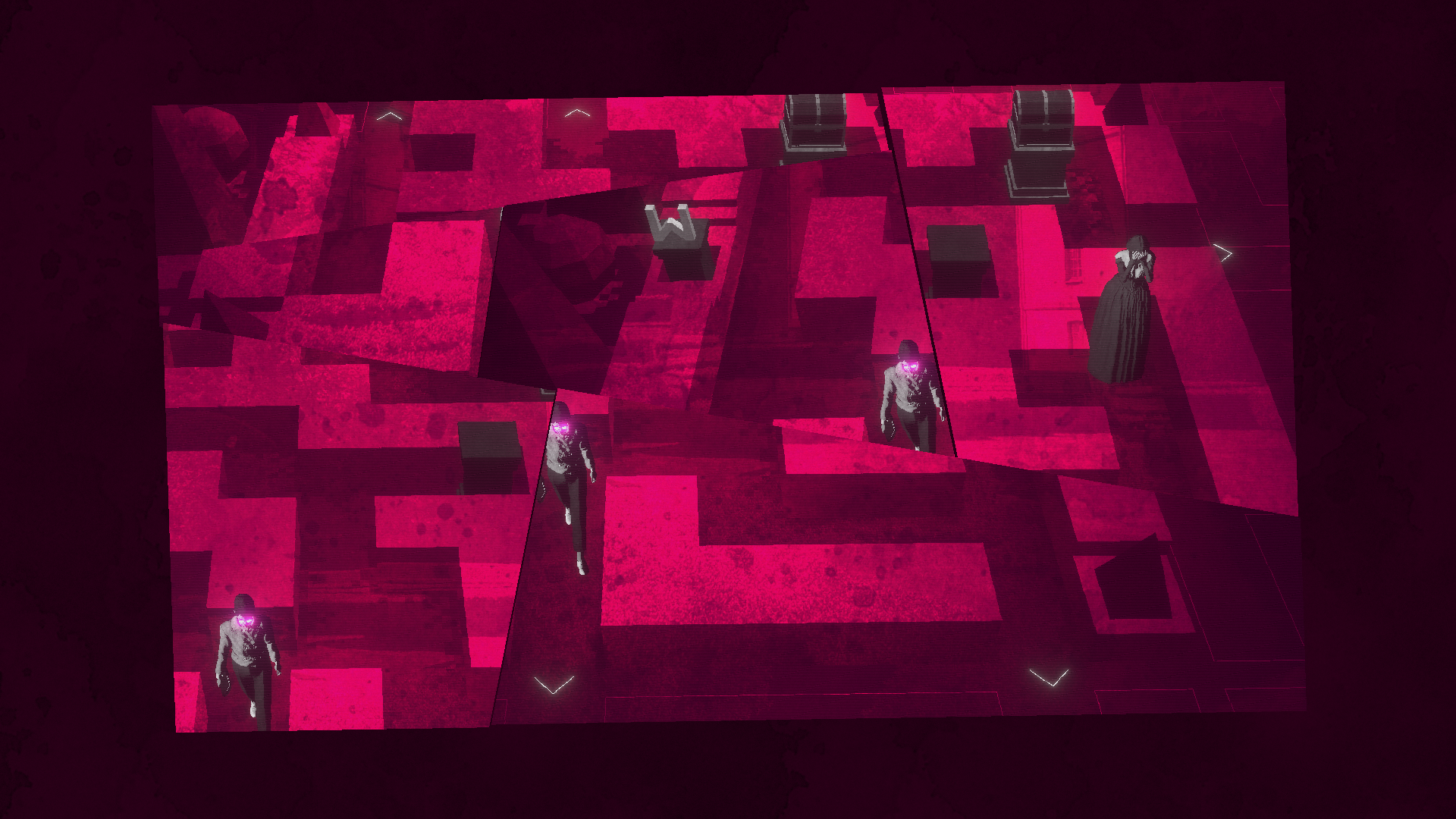The pre-release marketing for Lorelei and the Laser Eyes has suggested a particularly abstract experience. Strange trailers tease “unconventional concepts”, “patterns, patterns, patterns”, and “puzzles, puzzles, puzzles”, hinting at an otherworldly concept and “maze of deceptions” all in eerie black and white. This was all intentional game director Simon Flesser told me last year. “We want to make viewers wonder, and think.”
Lorelei and the Laser Eyes previewDeveloper: SimogoPublisher: AnnapurnaPlatform: PC, SwitchAvailability: 16th May 2024
After some hands-on time, though, Lorelei and the Laser Eyes is actually a more straightforward game than Simogo would have you believe, at least initially. The developer’s previous mobile games Year Walk and Device 6 featureed grim visuals and self-contained mysteries where the very games themselves were puzzles to unravel. In retrospect, Scandi dream-pop rhythm game Sayonara Wild Hearts stands out in the studio’s oeuvre as a colourful sugar rush, but it’s no less thought-provoking in its combination of video game and utterly brilliant playable music album.
So how does Lorelei compare? Its premise is actually rather simple to explain. Playing as a young woman known only as Signorina, you must explore a maze-like hotel filled with bite-sized puzzles. She’s been lured here by an artist called Renzo Nero to view his “magnum opus”, though it soon becomes apparent Nero may not be referring to a singular piece of art but perhaps the hotel itself. It’s almost like Luigi’s Mansion, though I presume Nero won’t turn out to be King Boo in disguise.
You explore the hotel hallways in full 3D, essentially like a point and click adventure or survival horror (just without the combat). The hotel parallels the Spencer Mansion with its idiosyncratic keys and locks, but is honestly far scarier despite (so far at least) not featuring any zombies or window-smashing dogs. The stark monochromatic visuals, the ghostly silence, the bewildering disorientation of its confusing puzzles – it all amounts to a particularly creepy experience. And that’s before you follow blood-like trails, receive phone calls from a strange man, and encounter an old lady whose eyes glow with a piercing pink light.
As for the puzzles themselves, prepare yourself for plenty of reading and writing. The in-game instructions found at the start even suggest playing with pen and paper to hand. Puzzles are scattered throughout the hotel, full of runes and symbols, logic connections, and (for me, at least) an alarming number of maths puzzles, although I’ve now learned what a strobogrammatic number is at least. There’s a huge amount of documentation to read through too, with key words helpfully underlined, and it’s all stored in mental notes accessed at any time, though the extensive lists can be a little laborious to scroll through. Other menus are more fun to interact with, like the Game Boy-esque Byte Seyes system, the pixelated inventory screen, or DOS-like computers that act as save points and more, all adding a notable ‘gamey’ element to this abstract exploration.
